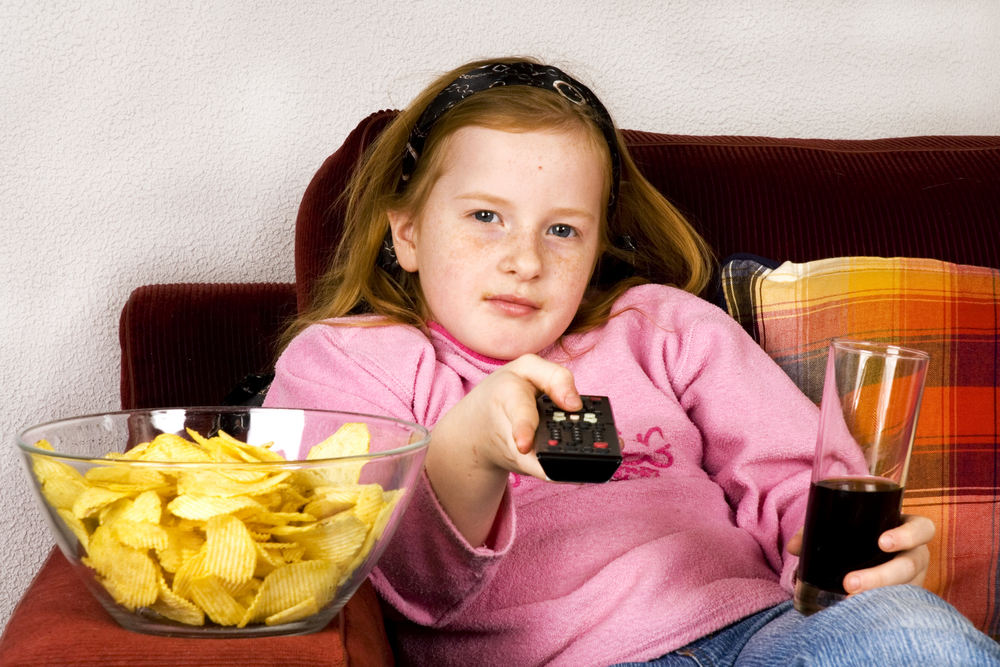
Children should be limited to less than two hours of entertainment-based screen time per day, and shouldn't have TVs or Internet access in their bedrooms, according to new guidelines from pediatricians.
The new policy statement was released by the American Academy of Pediatrics (AAP) today (Oct. 28) in the journal Pediatrics.
The average 8-year-old spends eight hours a day using various forms of media, and teenagers often surpass 11 hours of media consumption daily, according to the authors of the AAP statement. More than three quarters of teenagers have cell phones, and teens ages 13 to 17 send an average of 3,364 texts per month. [Infographic: Texting More Popular Than Talking?]
Several studies have linked high media consumption with poor health outcomes. For example, children with TVs in their bedrooms are more likely to be obese.
But teasing apart cause and effect in those studies is difficult, said Lisa Guernsey, director of the Early Education Initiative at the New America Foundation and the author of "Screen Time: How Electronic Media — From Baby Videos to Educational Software — Affects Your Young Child," (Basic Books, 2012), who was not involved establishing the new guidelines.
New rules
In addition to limiting all entertainment screen time — including TV, the Internet and various smart devices — to less than two hours daily, the guidelines recommend children under age 2 get no screen time.
Sign up for the Live Science daily newsletter now
Get the world’s most fascinating discoveries delivered straight to your inbox.
Parents should watch TV shows and movies with children, and monitor their media usage, according to the recommendations. Finally, families should define clear rules, such as curfews for Internet use, or limits on cell phone use during dinner.
"I think that many parents are clueless about media and the impact of media on their kids," said Dr. Vic Strasburger, the policy statement's lead author and a professor of pediatrics at the University of New Mexico.
Children shouldn't have Internet access or televisions in their rooms, because that makes it too hard for parents to monitor kids' media use, Strasburger said.
"If you have a 14-year-old son and he has an Internet connection in his bedroom, I guarantee you, he's looking at pornography," Strasburger told LiveScience.
Balanced approach
Unlike earlier AAP policy statements, the new recommendations acknowledge the benefits of media, such as shows like "Sesame Street" that teach children letters and numbers.
That seems like a more balanced approach, Guernsey said.
Families are "trying to understand how to navigate media instead of being told, 'no, no keep it away from their children,'" Guernsey told LiveScience. "Not only is that unrealistic, it may not be the best way to model good media use with children."
The new guidelines may still be tough for most families to follow, she said.
Still, the recommendations are a good starting point, said Oren Amitay, a psychologist in Toronto.
"The part about watching things with kids is important," because otherwise parents have no idea what their kids are seeing, he said.
Limiting all entertainment screen time to less than two hours per day may be difficult given modern life, but "these are best practices, and you can be flexible," Amitay told LiveScience.
Follow Tia Ghose on Twitter and Google+.Original article on LiveScience.

Tia is the managing editor and was previously a senior writer for Live Science. Her work has appeared in Scientific American, Wired.com and other outlets. She holds a master's degree in bioengineering from the University of Washington, a graduate certificate in science writing from UC Santa Cruz and a bachelor's degree in mechanical engineering from the University of Texas at Austin. Tia was part of a team at the Milwaukee Journal Sentinel that published the Empty Cradles series on preterm births, which won multiple awards, including the 2012 Casey Medal for Meritorious Journalism.









